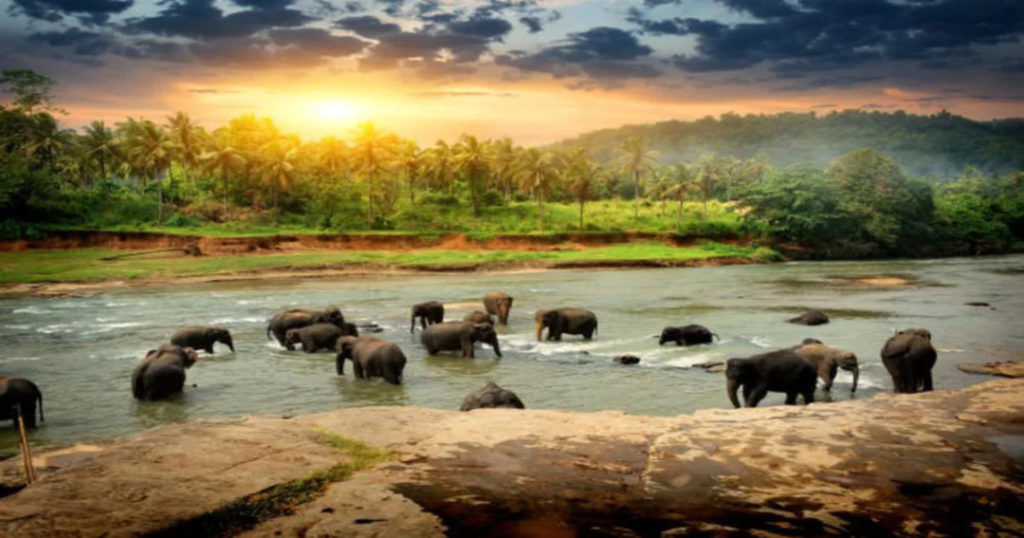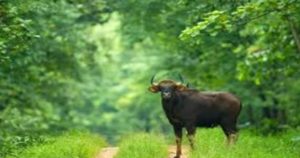
India, a land of diverse ecosystems, is home to a vast array of wildlife sanctuaries and national parks. While renowned reserves like Jim Corbett and Ranthambore receive widespread attention, many hidden gems remain unexplored. This blog highlights some of the most underrated wildlife sanctuaries in India as well as the national parks, so you might wanna stay tuned if you want to travel to the next bite… we mean height!
1. Gulf of Mannar Marine National Park, Tamil Nadu

Located along the southeastern coast of Tamil Nadu, the Gulf of Mannar Marine National Park is not just India’s, but South Asia’s first marine biosphere reserve. Spread over 560 sq km, it consists of 21 islands and boasts diverse marine life, including corals, sea turtles, and the endangered dugong. This lesser-known marine sanctuary is a haven for ocean lovers and researchers studying aquatic biodiversity.
Best Time to Visit: October to March (cooler weather and better underwater visibility)
Interesting Fact: It is South Asia’s first marine biosphere reserve and one of the richest coastal regions in terms of biodiversity, housing thousands of marine life species, including dugongs and sea cucumbers.
2. Kuno National Park, Madhya Pradesh

Once considered for the Asiatic lion reintroduction project, Kuno National Park has gained recent fame due to the introduction of African cheetahs under India’s ambitious wildlife conservation program. Located in Madhya Pradesh, this national park is a hidden treasure for wildlife enthusiasts, featuring leopards, jackals, nilgai, and various bird species.
Best Time to Visit: October to March (pleasant climate and better wildlife sightings)
Interesting Fact: This park gained fame by reintroducing African cheetahs in 2022, making India home to wild cheetahs for the first time in over 70 years.
3. Jawai Leopard Conservation Reserve, Rajasthan
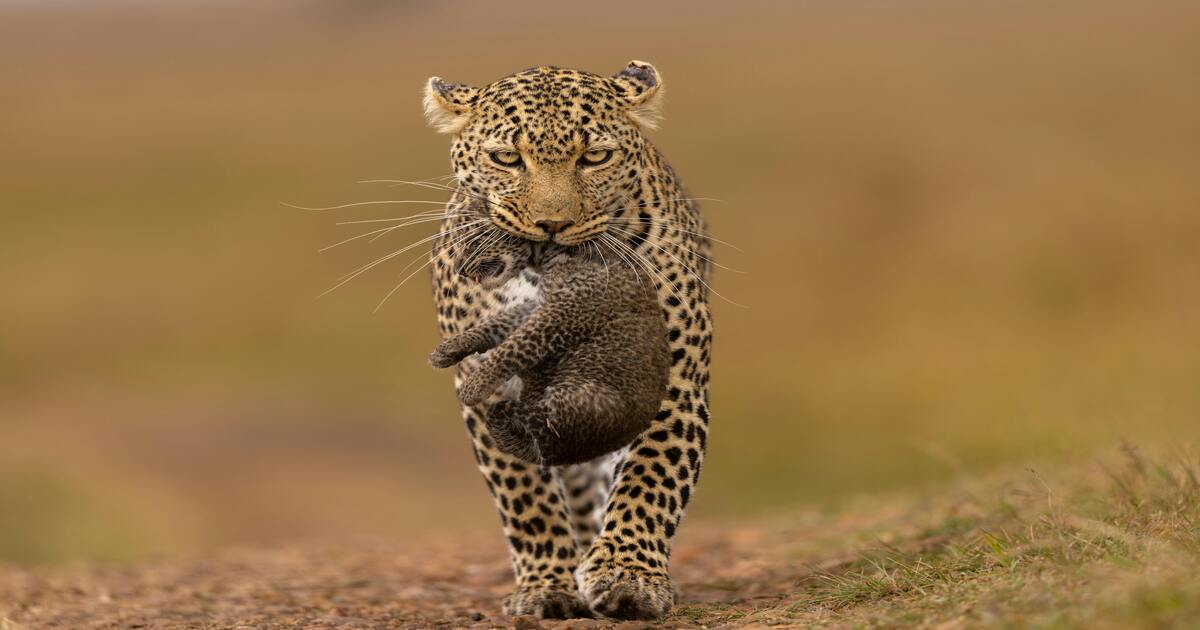
Unlike dense forests, Jawai Leopard Sanctuary offers a unique landscape of granite hills, scrub forests, and rivers, creating a perfect habitat for leopards. Situated in Rajasthan, Jawai is known for its high leopard density, coexisting with the local Rabari tribes. Apart from leopards, visitors can spot crocodiles and migratory birds in this underrated sanctuary. It offers Jungle Safari, which takes you deep into the forest, and Leopard Safari, to spot the many leopards in their natural habitat.
Best Time to Visit: October to April (leopards are more active during cooler months)
Interesting Fact: Unlike other tiger reserves, Jawai is unique because of its harmonious coexistence between leopards and the local Rabari tribes, who believe the big cats are sacred.
4. Eaglenest Wildlife Sanctuary, Arunachal Pradesh
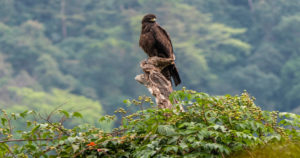
A paradise for birdwatchers, Eaglenest Wildlife Sanctuary is located in the Eastern Himalayas of Arunachal Pradesh. It conjoins the Sessa Orchid Sanctuary to the northeast and the Pakhui Tiger Reserve across the Kameng River to the east. This biodiverse hotspot is home to the Bugun liocichla, a rare bird species found only in this region. With its misty forests and diverse avifauna, it remains one of the best-kept secrets, hell even a protected area among wildlife sanctuaries in India.
Best Time to Visit: November to April (ideal for birdwatching)
Interesting Fact: It is home to the critically endangered Bugun liocichla, a bird species discovered only in this region in 2006.
5. Papikonda National Park, Andhra Pradesh
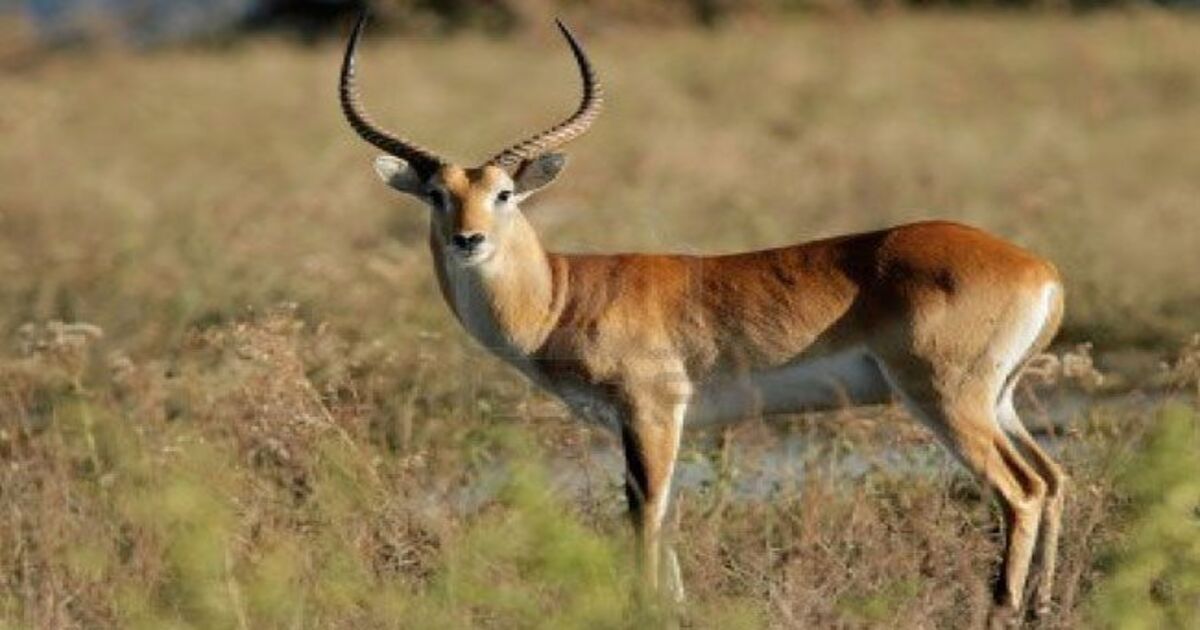
Tucked in the Eastern Ghats, Papikonda National Park is a lesser-known sanctuary that offers scenic landscapes and diverse wildlife. It is home to tigers, leopards, Indian gaur, and a rich variety of endemic flora and fauna. The Godavari River flowing through the park adds to its scenic beauty, making it an ideal spot for nature lovers.
Best Time to Visit: November to March (cooler climate, river cruises available)
Interesting Fact: Papikonda Wildlife Sanctuary was established in 1978. It was upgraded to a national park in 2008. Unfortunately, it is under considerable threat from big corporations. The Polavaram irrigation project once completed will submerge parts of the national park.
6. Bhitarkanika National Park, Odisha
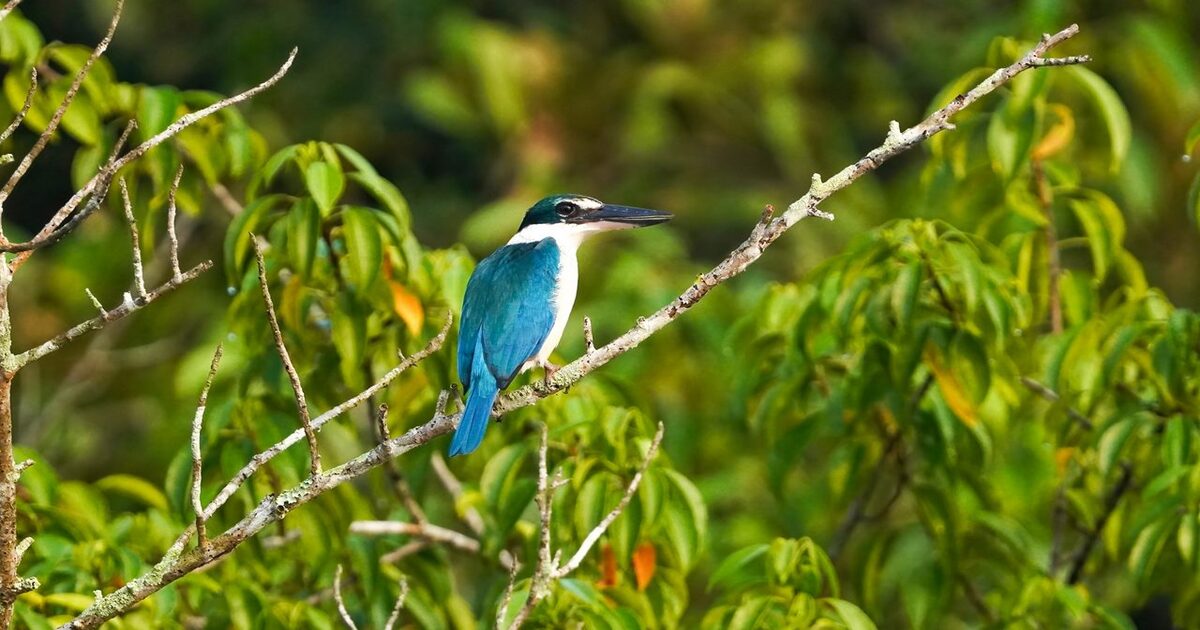
Bhitarkanika National Park, often overshadowed by other national parks in India, is a coastal wetland and home to one of the largest populations of saltwater crocodiles in India. The dense mangrove forests, estuarine ecosystem, and rare species like the white crocodile and king cobra make this park a hidden treasure.
Best Time to Visit: October to February (best for crocodile sightings and bird migrations)
Interesting Fact: It houses India’s largest population of saltwater crocodiles, including the world’s largest estuarine crocodile, measuring 23 ft.
7. Dibru-Saikhowa National Park, Assam
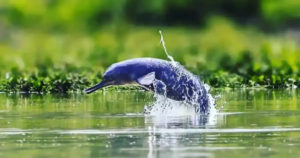
Nestled in Assam, Dibru-Saikhowa National Park is one of India’s few riverine national parks. Known for its feral horses, migratory birds, and rare freshwater dolphins, this park is an underrated destination for those seeking a unique wildlife experience in northeast India.
Best Time to Visit: November to April (ideal for river safaris and birdwatching)
Interesting Fact: It is one of the few places in India where feral horses, descendants of abandoned army horses, roam freely.
8. Sitanadi Wildlife Sanctuary, Chhattisgarh
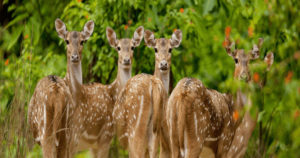
Located in the heart of Chhattisgarh, Sitanadi Wildlife Sanctuary is an offbeat wildlife destination with a rich biodiversity of flora and fauna. It is an essential corridor for tigers migrating between Indravati and Udanti Wildlife Sanctuaries, making it a crucial part of India’s conservation efforts.
Best Time to Visit: October to March (good weather for jungle safaris)
Interesting Fact: It serves as a crucial corridor for tigers migrating between Indravati and Udanti Wildlife Sanctuaries.
9. Dehing Patkai Wildlife Sanctuary, Assam
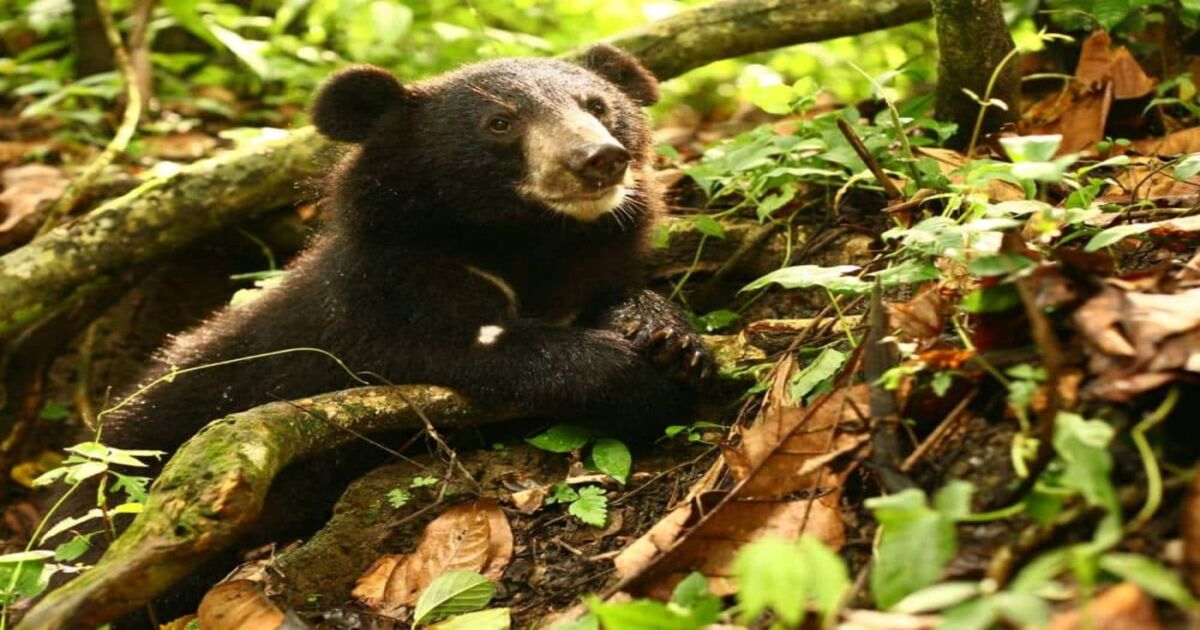
Often called the ‘Amazon of the East,’ Dehing Patkai Wildlife Sanctuary is a tropical rainforest located in Assam. It is one of the last remaining lowland rainforests in India, home to rare species like the clouded leopard and golden cat.
Best Time to Visit: November to April (less rainfall, better for spotting rare mammals)
Interesting Fact: It is the only rainforest in India where clouded leopards are frequently sighted.
10. Nagzira Wildlife Sanctuary, Maharashtra
An unexplored wildlife destination in Maharashtra, Nagzira Wildlife Sanctuary is a lesser-known tiger habitat with scenic lakes, dense forests, and diverse fauna. It offers excellent opportunities for wildlife photography and peaceful nature retreats.
Best Time to Visit: October to March (tigers and other wildlife are more visible)
Interesting Fact: It has over 166 species of birds, making it a hidden paradise for birdwatchers.
- Less Crowded: Unlike popular wildlife destinations, these sanctuaries offer a more peaceful and immersive experience.
- Unique Biodiversity: Many of these parks protect rare and endangered species not found elsewhere.
- Scenic Beauty: From marine ecosystems to tropical rainforests and rugged hills, each sanctuary has its own distinct charm.
- Affordable Travel: Many of these parks have lower entry fees and accommodation costs, making them budget-friendly options for nature lovers.
Explore the Wildlife Sanctuaries in India with Explurger!
The wildlife sanctuaries in India are brimming with untamed beauty, rare species, and breathtaking landscapes—yet many of them remain hidden gems waiting to be explored. Whether it’s the marine wonders of the Gulf of Mannar, the leopard-dotted hills of Jawai, or the misty birdwatcher’s paradise of Eaglenest, each destination promises an unforgettable adventure.
And let’s be honest—who wouldn’t want to witness a cheetah sprinting in Kuno, sail through Bhitarkanika’s crocodile-infested waters, or spot a clouded leopard in Dehing Patkai? These offbeat wildlife havens are not just for nature enthusiasts but for anyone looking to escape the ordinary and experience the wild in its purest form.
So, where’s your next adventure? Don’t just explore it—Explurge it! With Explurger, you can share your wild escapades, track your journeys, and inspire your friends to dive into the raw, untamed beauty of India’s national parks and wildlife sanctuaries. The more you explore, the more you discover. So pack your bags, charge your camera, and get ready for a wild ride—because nature is calling, and it’s time to answer!
Download Now: Explurger
FAQs About Wildlife Sanctuaries in India
What are the top 10 wildlife sanctuaries in India?
While opinions vary, some of the top wildlife sanctuaries in India include:
Ranthambore National Park, Rajasthan
Jim Corbett National Park, Uttarakhand
Kanha National Park, Madhya Pradesh
Sundarbans National Park, West Bengal
Kaziranga National Park, Assam
Bandipur National Park, Karnataka
Gir National Park, Gujarat
Pench National Park, Madhya Pradesh
Periyar Wildlife Sanctuary, Kerala
Manas National Park, Assam
Which is the largest wildlife sanctuary or national park?
Hemis National Park in Ladakh is the largest national park in India, covering an area of 4,400 square kilometers. It is home to the elusive snow leopard and other high-altitude wildlife species.
What do you mean by wildlife sanctuary?
A wildlife sanctuary is a protected area designated for the conservation of wild species and their natural habitats. Unlike national parks, limited human activities such as grazing and tourism may be allowed under strict regulations to ensure ecological balance.

